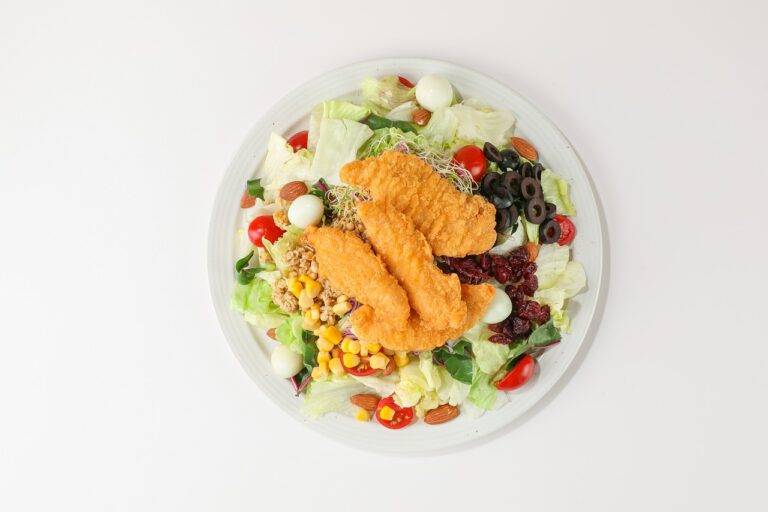The Rise of Ghost Kitchens and Their Impact on Food Delivery
Ghost kitchens, also known as virtual kitchens or dark kitchens, have emerged as a popular trend in the food industry in recent years. These kitchens operate solely for delivery and takeout orders, with no physical dining space for customers. By focusing on off-premises dining, ghost kitchens offer restaurants a cost-effective way to expand their reach without the overhead costs of maintaining a traditional brick-and-mortar location.
With the rise of food delivery apps and changing consumer preferences, ghost kitchens have become a convenient solution for restaurants looking to streamline operations and maximize their profits. These virtual establishments can be set up in existing commercial kitchens or dedicated facilities, allowing restaurant owners to experiment with new cuisines, test out different concepts, and cater to specific dietary preferences without the constraints of a physical location.
Origins and Evolution of Ghost Kitchens
Ghost kitchens have roots that can be traced back to early experiments with delivery-only establishments. These precursors laid the groundwork for the development and widespread adoption of ghost kitchens as we know them today. Originally, these concepts were born out of the need for efficiency in the food industry and the ever-growing demand for convenient dining options.
The evolution of ghost kitchens gained momentum with the advancement of technology and the rise of online food delivery platforms. This shift allowed for virtual restaurants to operate with lower overhead costs and focus solely on fulfilling delivery orders. As consumer preferences shifted towards convenience and speed, ghost kitchens became an attractive option for both established brands looking to expand their reach and aspiring entrepreneurs seeking a lower barrier to entry into the food business.
Advantages of Ghost Kitchens for Restaurants
Ghost kitchens offer restaurants the opportunity to expand their reach and increase revenue without the added costs of a physical dining space. By operating solely as a delivery or pickup service, restaurants can focus on perfecting their menu items and streamlining their operations in a more efficient manner.
Additionally, ghost kitchens provide restaurants with the flexibility to test out new concepts and cuisines without the long-term commitment of opening a new brick-and-mortar location. This allows for greater experimentation and innovation in the culinary world, appealing to a wider range of customers and staying ahead of industry trends.





